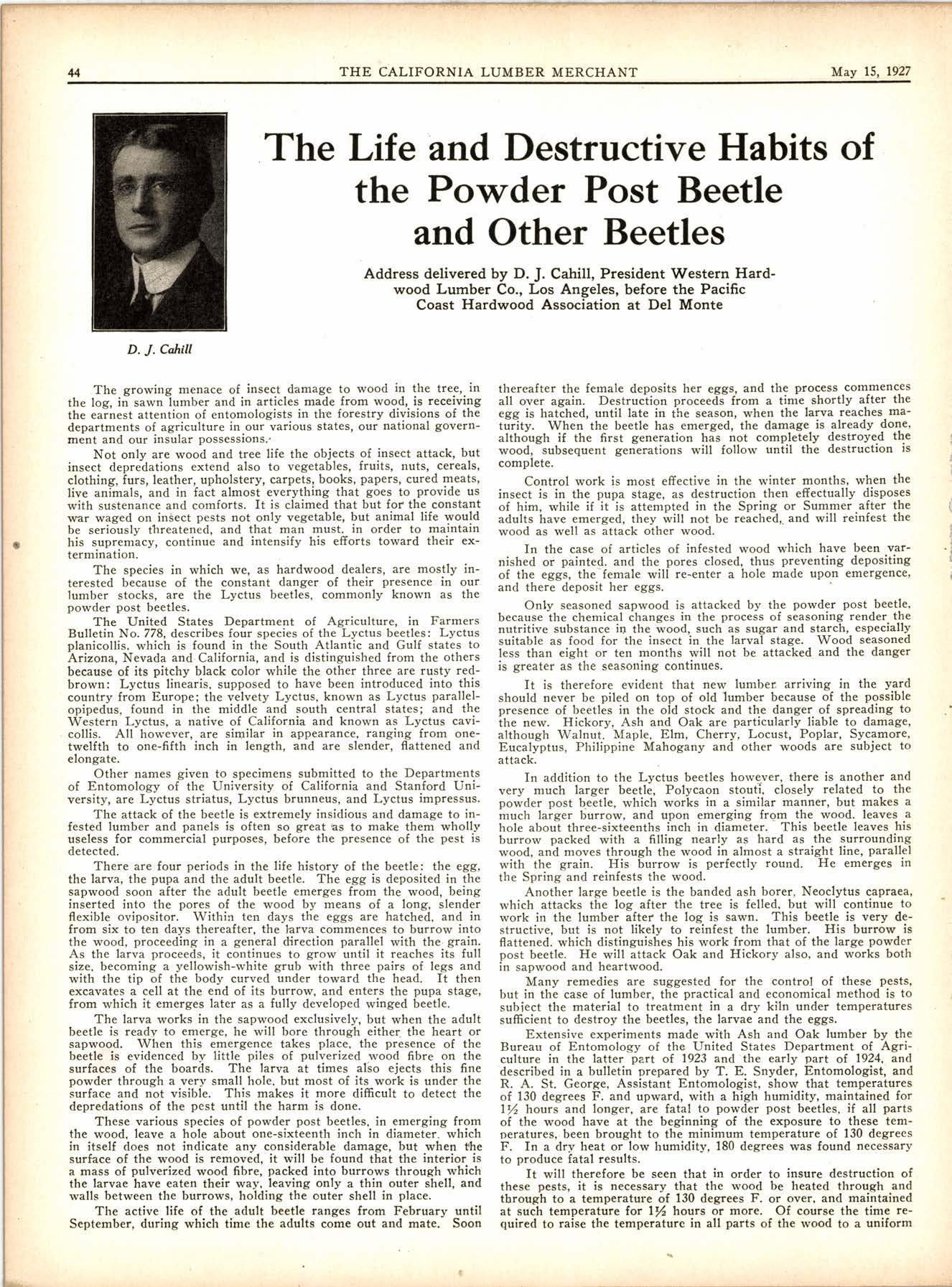
2 minute read
Trade Acceptance or Promissory Note
(Th.e follorving excellent answer to the euery-"1tr/hat is the difierence between a trade acceptance and i promissory note from the viewpoint of legality, trade, and cohsumer?" ;was recently published in the Credit Monthly, and has been distributed in bulletin form to its members by the California Retail Lumbermen's Association.)
From the legal standpoint, there is very little difference between the trade acceptance and promissory note; both are negotiahle instruments and subject to practically the same lan'. The trade acceptance is novr', however, a sight draft or a promissory note. A note is drarvn by a person whereas an acceptance is drau'n on a person. The trade acceptance performs a different function {rom a promissory note as a note is generally uscd in borrowing money and in settlement of past due obligations, while a trade acceptance bears on its face evidence that it is drawn bv the seller of merchandise on the purchaser for the puichase price of the goods sold and rvhen accepted constitutes an unconditional promise to pay on a specified date. It isjust as binding on the acceptor as a promissory note.
The trade acceptance should not be employed in any class of transaction except those concerning the purchase and sale of goods, wares and merchandise. It should not be given for borrowed money or past due accounts but should represent current transactions only.
The trade acceptance has the following advantages over an open book account: through a trade acceptance, the credit represented by the account becomes immediately available for additional use by the seller because the trade acceptance being a trvo name paper is acceptable for rediscount withall banks including members of the Federal
Reserve Syqlem. Furthermore, the use of the trade accep- tance establishes at once the correctness of the account as between buyer and seller and reduces the expense of col. lection and lessens the cost of conducting business; and furthermore, in car.rying open accounts, sellers strain their own credit in order to extend credit to buvers for an indefinite time, most of the time without intereit, security or even ahy good evidence of the sale.
Viewing the instrument from the angle of the buyer, we find that those who settle by trade acceptances put themselves into a class of preferred buyers the same as those who discount for cash.This naturally will favorably affect the credit ratings of such buyers w,ith mercantile agehcies. The financial statements of buyers using acceptances will carry more weight because acceptances payable are regarded more favorably than accounts payable. The trade acceptance will have a tendency to discourage buyers from overstockihg and cause them to watch more closely their own collections in order that thev mav be able to meet the acceptance at maturity
A trade acceptance should never be renewed. If for good reasons the debtor is unable to pay the acceptance at maturity, his promissory note with interest should be taken. It would establish a very bad precedent for sellers to renew trade acceptahces. The real benefits to be derived from it comes from the debtors meeting the acceptances as they mature and thereby making it possible for the seller to rediscount the instruments. A trade acceptance given in renewal would not be subject to rediscount with members of the Federal Reserve System inasmuch as they then would fall in the class of promissory notes given for past due obligations.










